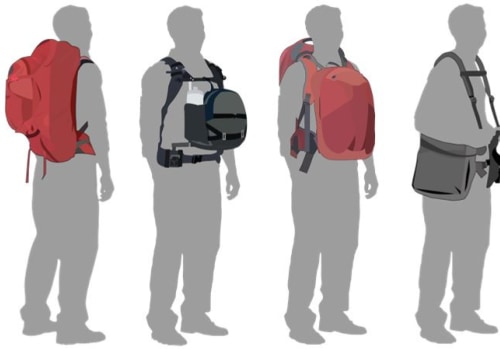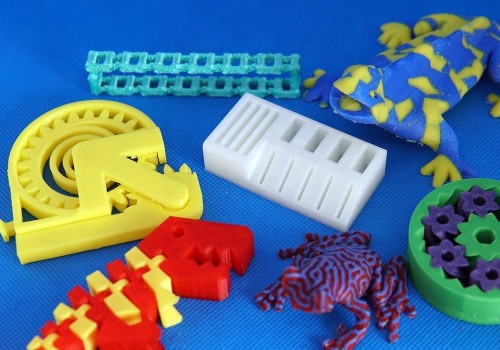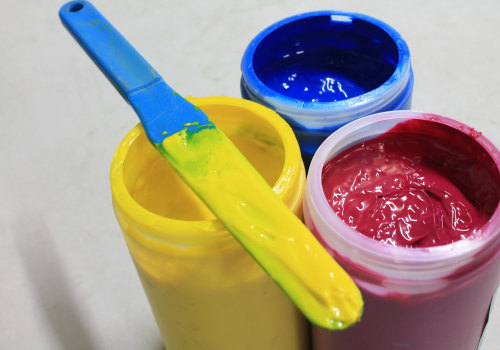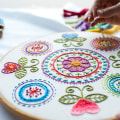If you're looking for a cost-effective way to promote your business or organization, 4-Color Process Printing can be an excellent option. From brochures to business cards and booklets to postcards, 4-Color Process Printing has been used for decades to produce high-quality printed materials with bright, vibrant colors and eye-catching visuals. In this article, we'll provide you with all the information you need to know about 4-Color Process Printing, including what it is, how it works, and why it's the perfect printing technique for promotional materials. Whether you're a professional printing house or a small business looking to print promotional materials, 4-Color Process Printing offers a reliable way to produce high-quality prints that will make your message stand out. Read on to learn more about this versatile printing technique and find out if it's the right choice for your next project.4-color process printing is a popular method used to produce vibrant, full-color images on promotional products, such as t-shirts, mugs, hats, and other items.
The technique utilizes four inks—cyan, magenta, yellow, and black—combined to create a wide array of colors and shades. It is a cost-effective way to produce full-color images with a high degree of accuracy. The four inks used in 4-color process printing are combined in varying amounts to create a range of different colors and hues. Cyan absorbs red light, while magenta absorbs green light.
Yellow absorbs blue light, and black absorbs all three primary colors. When these four inks are combined in different proportions, they create a wide array of colors. Additionally, the four inks are printed in separate passes, allowing for more accurate color reproduction. The cost of 4-color process printing depends on the complexity of the design and the quantity of items printed.
Generally speaking, 4-color process printing is more cost-effective than digital printing for large orders. It is also possible to print smaller quantities using 4-color process printing, although the cost per item may be higher than digital printing. The complexity of the design also affects the cost of a project. For example, if a design includes many colors or intricate details, it will require more time and effort for the printer to reproduce it accurately.
Additionally, if a design includes gradients or fine lines, it may require additional passes for the printer to achieve the desired result. 4-color process printing is commonly used to produce promotional products such as t-shirts, mugs, hats, and other items. The technique is ideal for designs that require accurate color reproduction or need to be printed in large quantities. It is also possible to print smaller quantities using this technique, although the cost per item may be higher than digital printing. When selecting a printer for 4-color process printing projects, it is important to consider factors such as cost, turnaround time, and experience with the technique.
It is also a good idea to ask for samples from potential printers to ensure that they can produce the desired results. Additionally, it is important to discuss any special requirements with the printer before placing an order.
Differences Between 4-Color Process Printing and Other Techniques
4-color process printing is a popular technique used to create high-quality promotional products, such as t-shirts, mugs, hats, and other items. It is different from other popular printing techniques, such as digital printing and spot color printing, in several ways. Digital printing uses digital files to create images on the product.This technique is ideal for short-run printing because it does not require the setup of plates like 4-color process printing does. However, digital printing is limited in terms of color accuracy and vibrancy. Spot color printing uses one or more custom-mixed inks to create the desired colors. This technique allows for more precise color matching than digital printing but can be more expensive as each color requires a separate plate.
4-color process printing combines the four standard CMYK (Cyan, Magenta, Yellow, and Black) colors to produce a full-color image. This technique allows for a wide range of colors to be printed and is much more cost effective than spot color printing. However, because 4-color process printing relies on the CMYK colors, certain vibrant colors cannot be achieved with this method. In some cases, a combination of these techniques may be used to achieve the desired results.
For example, digital printing can be used to create the main image and spot color printing can be used to add subtle details or highlight specific areas. When choosing which printing technique to use for your promotional products, it is important to consider your budget and the desired outcome. 4-color process printing is often the best choice for larger orders or when vibrant colors are needed, while digital printing is often preferable for smaller orders or when exact color matching is important.4-color process printing is a popular printing technique that uses four different colors of ink to create a full-color image. It is commonly used to print promotional products, such as t-shirts, mugs, and hats.
This method of printing offers higher quality, more vibrant colors, and more accurate reproduction of color than other printing techniques. When it comes to promotional product printing costs, 4-color process printing can be more expensive than other techniques due to the complexity of the designs involved. However, the quality and accuracy it offers can be worth the additional cost. When choosing the right printer for 4-color process printing projects, look for one with experience and expertise in this type of printing.











